Hummus, Falafel, Shawarma... if you thought you maxed the Middle Eastern food test, think again. We've spread out fare from this vast region to open your senses to a celebration of influences and flavours
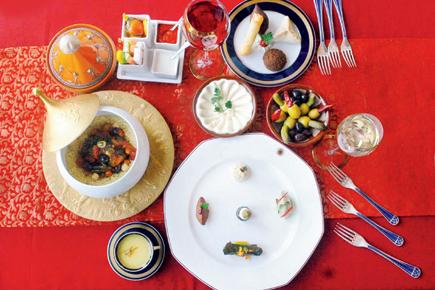
With a burst in the number of restaurants in the city, the number of cuisines that are on offer has risen as well. An interesting entry to the party has been the Middle Eastern cuisine.

Pic/Atul Kamble
ADVERTISEMENT
While Hummus (a blended chickpea paste), Shwarma and Falafel are familiar mentions on menus, several names and ingredients such as Kibbe, Dolma and Za’atar might confuse the patron.
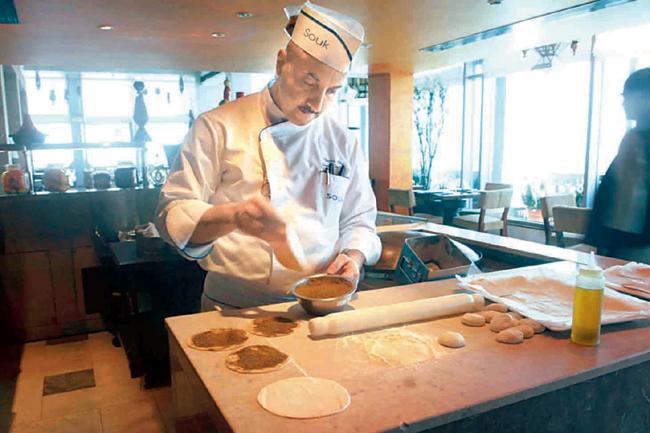 Chef Simon Shakour at the Souk. Pics/Atul Kamble
Chef Simon Shakour at the Souk. Pics/Atul Kamble
The common cuisines from the Middle Eastern region found in Mumbai include Lebanese, Arabic and Turkish. Though due to their geographical divisions, the cuisines of these regions have several diversifications with a lot more more variety than we would assume.

Hummus
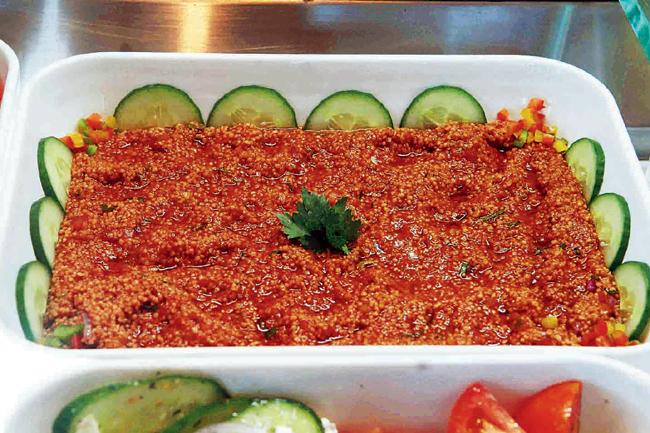
Walnut paste
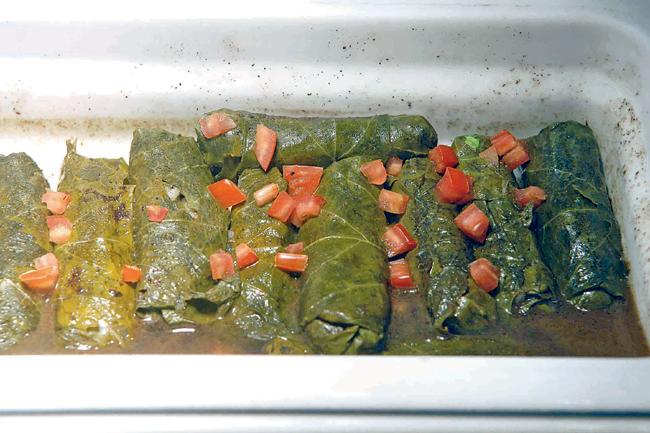
Dolmas. location courtesy/souk, the taj mahal palace, mumbai
Secrets from the kitchen
“Few are aware that the best kebabs and grills come from Syria,” says chef Hemant Oberoi, Corporate chef, luxury division and grand executive chef, The Taj Mahal Palace, Mumbai. “However, their spice trails are very similar to our foods as you will find ingredients like cumin, turmeric, chillies and saffron, in them. Some of their dishes too, such as the Majboos, is made from meat and rice, like the biryani,” he elaborates. The seafood fare comes from Turkey (also known for their grilled food), and curries from Egypt and Oman.

As for the most commonly found Lebanese cuisine, he helps us to classify the spread, “The appetisers start with a plate of Tabbouleh (a salad made of a type of wheat, chopped vegetables and herbs), Baba Ghanoush (aubergine puree), Falafel, Kebeh, Muhammara (walnut paste, date and chilli puree) as well as a variety of Hummus. For drinks, there are Sherbets and Arak, which is a fennel flavoured drink and Laban, which is similar to Indian buttermilk.” The Kibbeh, is another popular dish, which consists of minced meat fried rolls that come in different shapes. Dolmas are stuffed rolls made using wine leaves, which can be both vegetarian and non- vegetarian versions.
(With inputs from Kanika Sharma)
Technically right
Technique in Middle Eastern cooking, like any other cuisine, is important. However, the meats are very light on spice as people like to taste their meat unlike Indian meats that are heavily marinated. Most of it is with salt and pepper.
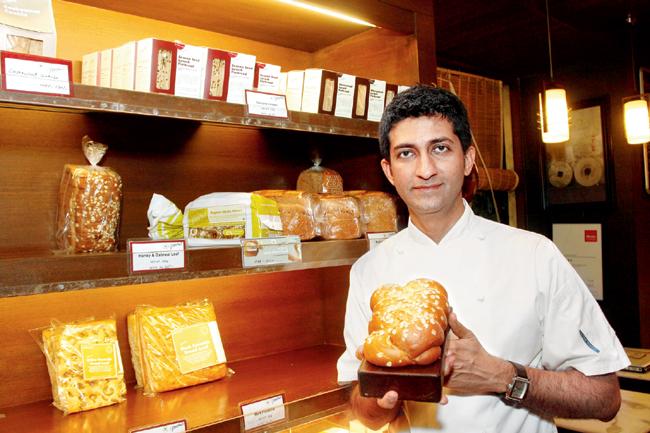
Not only that, they keep their processes and ingredients to a minimum; for instance, Hummus only comprises sesame paste and chickpeas. Also, they belong to the old school of cooking as they choose earthen pots. Thus, there is nothing instant in their cooking.
— Moshe Shek, restaurateur
The breads

Pita is the main variety of flatbread found in both Middle Eastern and Mediterranean cuisine. Saj is another bread used as an appetiser and is similar to the roomali roti.
Spices and herbs
Geographically, Turkey is at the confluence of Asia, Eastern Europe and the Middle East. Hence, the spice influences in Turkish cuisine are very similar to Indian cuisine.
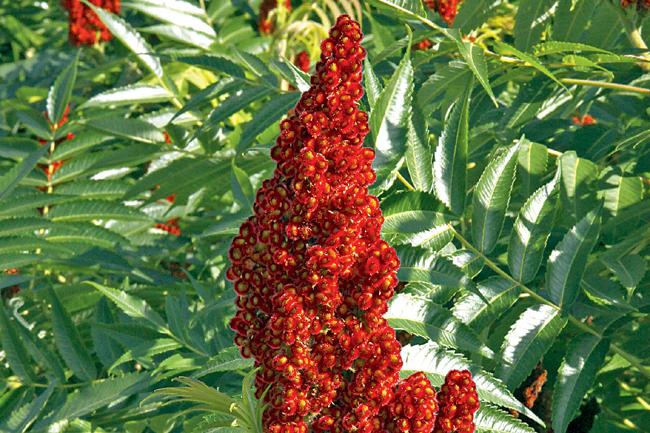
Brown, velvet flower of sumac tree
As for the rest, a variety of chillies, cumins, saffron and peppers make an appearance. Za’atar is a commonly used herb throughout the Middle East, and is seen in flavouring breads, and other dishes. Sumac is another popular ingredient, a type of dry berry that is powdered and used.

Za'atar
Cheese
The most commonly used cheese varieties are Halloumi which chef Hemant Oberoi describes as similar to overcooked paneer, and the next is feta cheese.
What is a Mezze?
A Mezze (Persian for ‘to taste’) platter combines several dips, small bites, salads and small dishes. There are various types and sizes of mezzes and it essentially comprises Tabouleh, Hummus, Baba Ghanoush, Fattoush (a type of salad) and Labneh, which is a dish made with hung curd.
The dessert pick
Baklava is one of the most common sweets of the region. It comes in various sizes and is made from filo pastry and is very rich as it uses dry fruits in abundance. Almost every ethnic group whose ancestry dates back to the Middle East has laid claim to creating this delicious pastry. However, around 8 BC, the Assyrians first prepared layers of thin bread dough, laced with chopped nuts in between, soaked it with honey and baked it in primitive wood ovens. Historically, Baklava was a food for the affluent until mid-19th century. Greek seamen and merchants travelling east to Mesopotamia (today’s Iraq) and Persepolis (today’s Iran) soon discovered the delights of Baklava.
For your middle eastern meal

Kibeh
Foodhall is hosting a Middle Eastern food festival where one can try various dips such as the three-layered Middle Eastern dip, Falafel kits that will help you make your own wraps, a range of olive oils, walnut oil, grape seed oil, spices such as sumac, Za’atar, Ras-al-hanout, Dukkah, Hummus and Shwarma mixes, Halloumi cheese and pita breads, too.
 Subscribe today by clicking the link and stay updated with the latest news!" Click here!
Subscribe today by clicking the link and stay updated with the latest news!" Click here!







